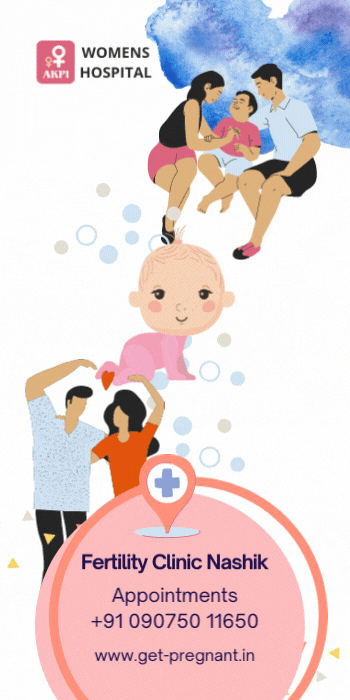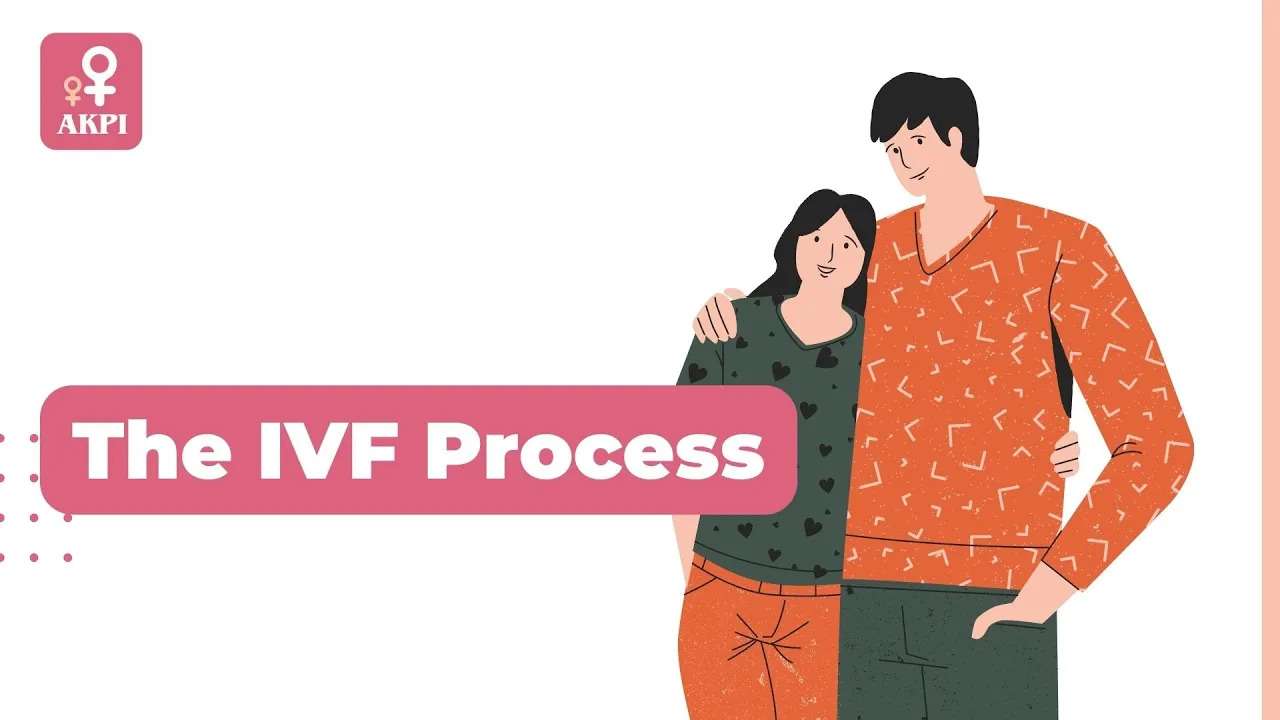Making Families: Demystifying ART, IVF, IUI, ICI, and IVI
If you’re struggling to conceive, remember you’re not alone. There are millions of couples around the world who are facing such a challenge every year. Fortunately, thanks to modern medicine and forms of treatment, there are many ways to make a family – Even if you’re unable to conceive naturally. And in this journey to parenthood, you are bound to come across various acronyms like ART, IVF, IUI, ICI, and IVI. I understand, these can look like deciphering a secret code. But don’t let that stress you out. I’m here to simplify the complex and make it as clear as day. And help address the a common question, how to choose? ICI vs IUI
Free Toolkit for Childless Couples
This blog post will help unravel each of these procedures, demystify how they work, and shed light on average success rates. So, grab a comfy seat, and let’s embark on demystifying the complexities in fertility journey together, one step at a time.
But remember! For in-depth information and personalized guidance, you should consult a good doctor or a fertility specialist. As your path to parenthood may be unique, and only trained professionals are better equipped to help you make informed choices.
ART: Assisted Reproductive Technology
In the world of fertility treatments, you’ll likely encounter this acronym ART – Assisted Reproductive Technology. Think of it as your fertility copilot, that can provide you with that extra push when nature needs a helping hand. So let me break it down into simple steps:
- In Vitro Fertilization (IVF): This is like the rockstar of ART.
- Intracytoplasmic Sperm Injection (ICSI): When male infertility is the villain, ICSI swoops in.
- Frozen Embryo Transfer (FET): Sometimes, timing is everything.
- Intrauterine Insemination (IUI): If the sperm needs a helping hand reaching the egg, IUI is the sidekick.
So, ART isn’t just an acronym; it can become your ally in the quest for parenthood. It offers a scientifically-backed path to growing your family.
And did you know? ART has rewritten countless stories for families who had given up on their quest for parenthood. Though the success rate for ART varies as per factors like age, the underlying causes of infertility, and the specific ART procedure used. However, it’s important to not lose hope – For ART has made parenthood possible for many couples who once faced seemingly insurmountable obstacles.
IVF: In Vitro Fertilization
Picture this. There’s a high-tech baby-making process that’s like a petri dish love story and it is called IVF. So here’s how it works:
- Stimulation: Your IVF doctor will stimulate the ovaries to produce multiple eggs.
- Retrieval: The woman’ eggs will then be harvested via a minor medical procedure.
- Fertilization: In a lab at your IVF clinic, the woman’s eggs will then meet the male’s sperm to form embryos.
- Implantation: Once done, your IVF doctor will place one or more embryos in the uterus.
- Wait and Hope: Then comes the time to pray for a positive pregnancy test!
Please note: In Vitro Fertilization (IVF) is powerful but it can be a costly and emotionally tough process. On an average, three IVF cycles are said to be required for successful pregnancy. So people often choose it when other methods fail to help them have a baby.

IUI: Intrauterine Insemination
Picture this. IUI is a helpful guide for the male partner sperm that is on it’s journey to meet the female partner’s egg. And instead of leaving it to chance, IUI carefully places these little swimmers directly into the uterus. That gives them a head start on their mission to fertilize the partner egg. You can also think it like a GPS for the sperms, ensuring they’re on the right path. As this is to increase the overall chances of pregnancy. So, if your doctor diagnoses that the male sperm needs a little boost in reaching their destination, he / she will recommend IUI to give the sperms the much needed helping hand.
Here’s the rundown:
- Sperm Washing: The doctor takes the sperm and get’s it cleaned and concentrated.
- Insertion: The washed sperm is then placed directly into the female uterus.
- Wait and See: And now is the time to cross your fingers for the good news!
It is important to note that IUI is a less invasive and cheaper method than IVF. This it is a popular choice for many couples. It is also used when there’s unexplained infertility or mild issues.
ICI: Intracervical Insemination
You can consider intracervical insemination (ICI) as a do-it-yourself (DIY) method of assisting in childbirth. Yes, it is somewhat similar to intrauterine insemination (IUI), however you can perform it at home rather than in a medical facility.
So what happens with ICI is that you collect your male partner’s sperm in a special cup. It’s very much like the way you’d collect ingredients for a recipe. Then, using a simple syringe that your doctor will recommend, you place the sperm near the your cervix (the entrance to the womb). A lot like planting a tiny seed.
However, it is important to mention that ICI is not as powerful as IUI. As in IUI, a doctor helps the sperm go even closer to where it needs to be. But some people prefer ICI because it’s more private and less clinical. It’s like trying to make a baby in your own cozy kitchen instead of a hospital.
Just remember, whether you choose ICI or IUI, the most important ingredient is patience and hope, as you wait to see if your baby-making process works.
IVI: Intra-vaginal Insemination
Now coming to intra-vaginal Insemination (IVI), yes it is similar to Intracervical Insemination (ICI) in some ways. But there’s this little difference, because in ICI, the sperm is gently placed in the cervix, which is near the entrance of the uterus. It’s quite like planting seeds in the front yard of a house.
With IVI, things get a little more complicated and you will need to put the seeds closer to the backyard rather than merely in the front yard. In other words, the sperm must be inserted into the upper vagina, bringing it a little bit closer to the uterus. You may compare it to trying to water the plants in a home’s backyard. So IVI aims to get the sperm a bit closer to where the magic of fertilization happens.
Some people choose IVI because it’s simpler and less intrusive, as compared to the other fertility methods listed above. So it’s like a deeper DIY approach, and some couples find it more comfortable and intimate. Though IVI may not be as effective as some of the other techniques, its simplicity makes for an appealing option to those on their fertility journey.

The Big Picture: How to Choose? ICI vs IUI
Yes. Deciding between ICI (Intracervical Insemination) and IUI (Intrauterine Insemination) can look like you are choosing between two similar tools for an important job. Here, the best method will depend on your specific needs.
Where ICI is a simpler, at-home option, it’s also less effective and only suited for certain situations.
While IUI, on the other hand, is more like a guided missile for the sperm. It may make it more effective for some couples.
The best solution is to consult a fertility specialist who can assess your individual circumstances. He / she can help you pick the method that gives you the best shot at building your family. Very much like having a coach who knows the game inside out, and who can guide you toward the path that’s right for you. So, don’t hesitate to reach out and discuss your challenges, for some personalized advice. And remember, your journey to parenthood is unique, and a doctor will be the right person to help you make the best choice.
Best ICI / IUI Specialist In Nashik:
You see, navigating the world of fertility treatments can be overwhelming. But with the basic understanding of IVF, IUI, ICI, and IVI, that I’ve share above, you may be better equipped to make informed choices.
Stay positive, stay hopeful, and keep dreaming of that little bundle of joy! 🌟
Dr. Samir Pawar ( M.D.)
AKPI Womens Hospital
Dr. A. K. Pawar Institute of Obstetrics Gynaecology and Reproductive Medicine, Gaikwad Class Sabhagruh, CBS Rd, near Nashik, Kanhere Wadi, Charuhas, Nashik, Maharashtra 422001, India.
Phone: +91 90750 11650
Phone: +91 0253 259 6797
Email: [email protected]
Important Note: It is important to remember that every couple’s experience with infertility issues is unique. This blog is a general guide and not a substitute for any best ivf doctor in Nashik or any other location professionals’ medial advice. It’s always best to consult with a fertility specialist to determine the best course of actions for you.
Sources: Mayo Clinic – In Vitro Fertilization (IVF), American Pregnancy Association – Intrauterine Insemination (IUI), American Pregnancy Association – Intracervical Insemination (ICI), American Pregnancy Association – Intravaginal Insemination (IVI)
Commonly asked questions
Criteria for IVF
IVF cost per cycle
IVF with ICSI cost
Age limit for IVF
Tips to make IVF successful
Insurance for IVF treatment
Crowdfunding for IVF costs
IVF success rates in Nashik
Loan facility for IVF treatments
IVF treatment in Nashik
IUI (intrauterine insemination)
IVF-ET (in-vitro fertilization and embryo transfer)
ICSI (intracytoplasmic sperm injection)
Blastocyst culture
Freezing of embryos (vitrification)
Freezing of eggs
Freezing of sperms
June 2022 IVF Treatment In Nashik Updates – IVF Treatment In Nashik – Top IVF Centre in Nashik India
IVF Journey – ivf journey stories – ivf journey step by step
Nashik IVF Treatment July22 Updates – IVF Treatment In Nashik – Top IVF Centre in Nashik India
IVF Clinic Nashik December 22 Updates – IVF Treatment In Nashik – IVF Centre in Nashik







